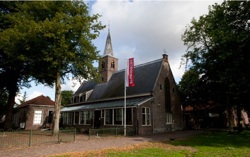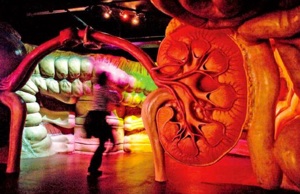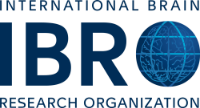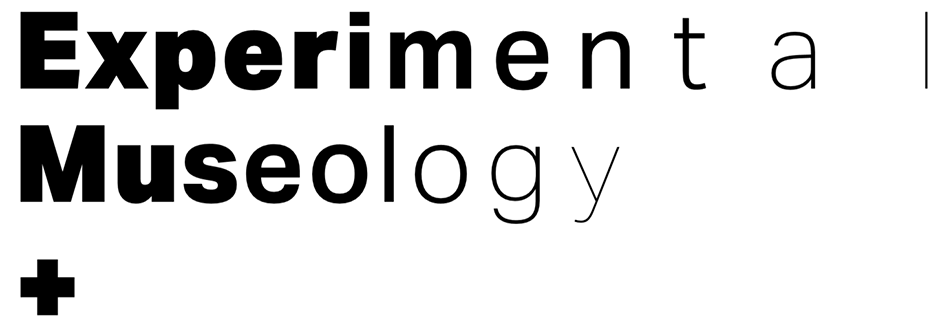Belgium | Gent |
| Website |
|
About Gent (Belgium) is the hometown of Museum Dr. Guislain, an international reference on the history of mental health. The unique exhibition plays a pioneering role in questioning and removing misunderstandings and prejudice with regard to brain disorders. The collection calls into question the border between the normal and the abnormal, points out the social and cultural aspects of mental healthcare and it sheds light on neuroscientific developments. The current museum collection started out with a small ‘key’ collection of old objects that were preserved inside the walls of the Guislain Hospital and were put on display for certain special occasions. Particularly the late 18th/ early 19th century collection of instruments of coercion used in the Ghent madhouse for men was an eye catcher. In the early 1980s, Bro. René Stockman, PhD, the museum’s current curator and the Superior General of the Brothers of Charity, was the Dr. Guislain Psychiatric Centre’s general director. He saw great value in both the building and in the old objects that were kept there. With the Museum Dr. Guislain, he wanted to respond to the great ignorance as well as the curiosity about the history of mental health care in general and psychiatry in particular. |
Relevant People:Dr. Guislain |








